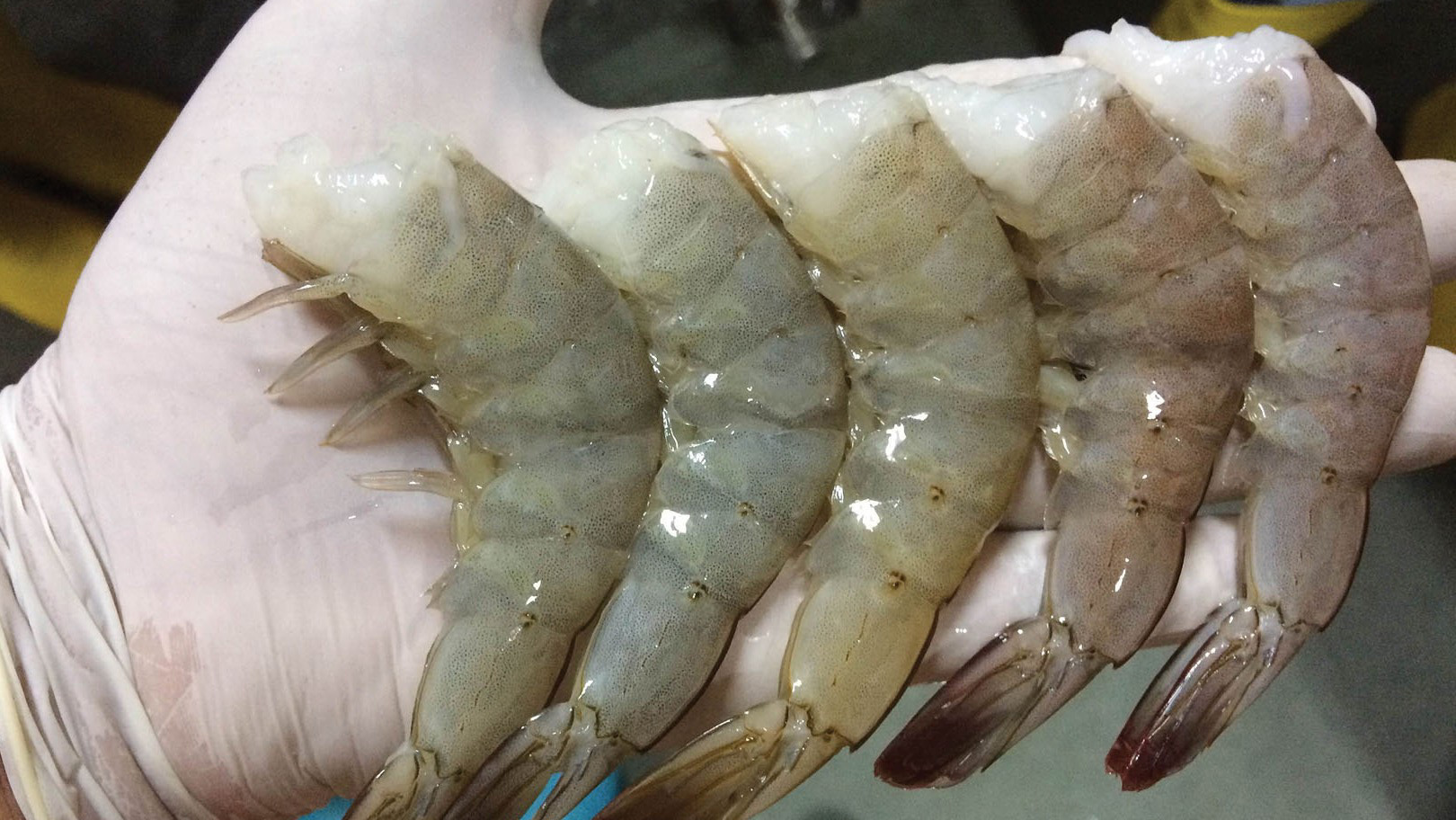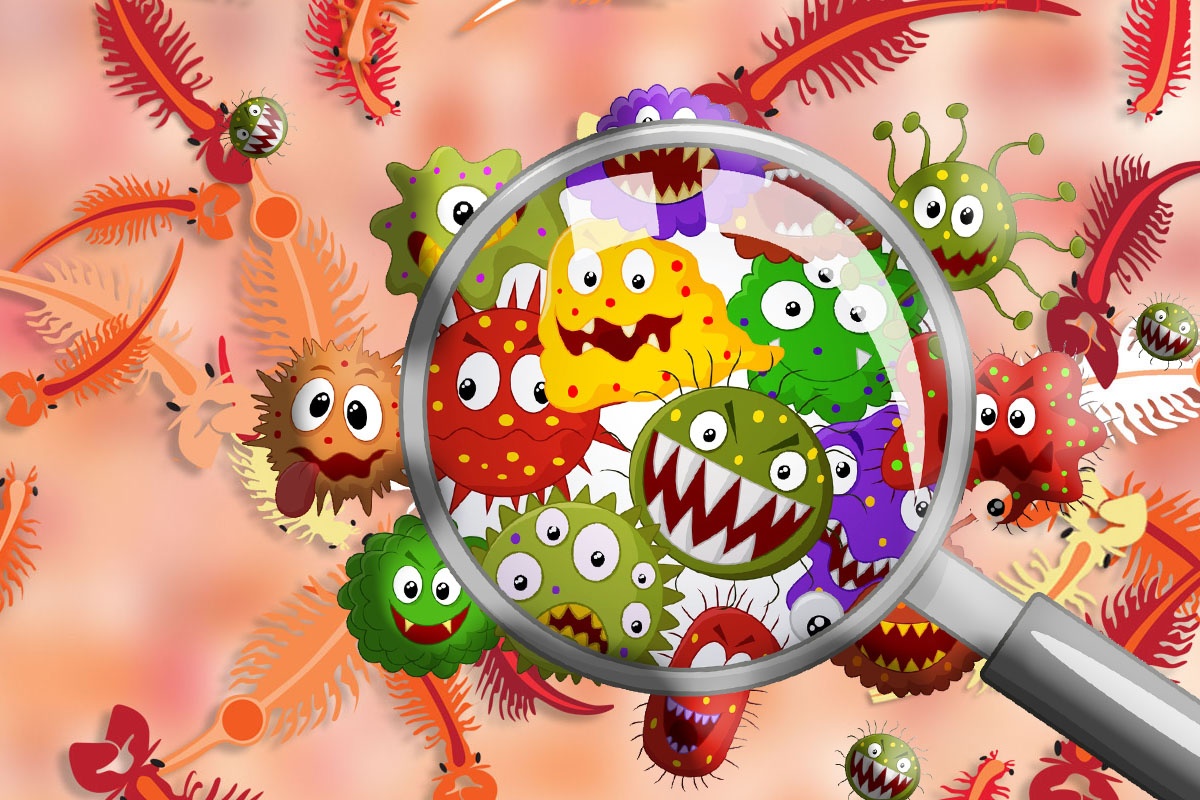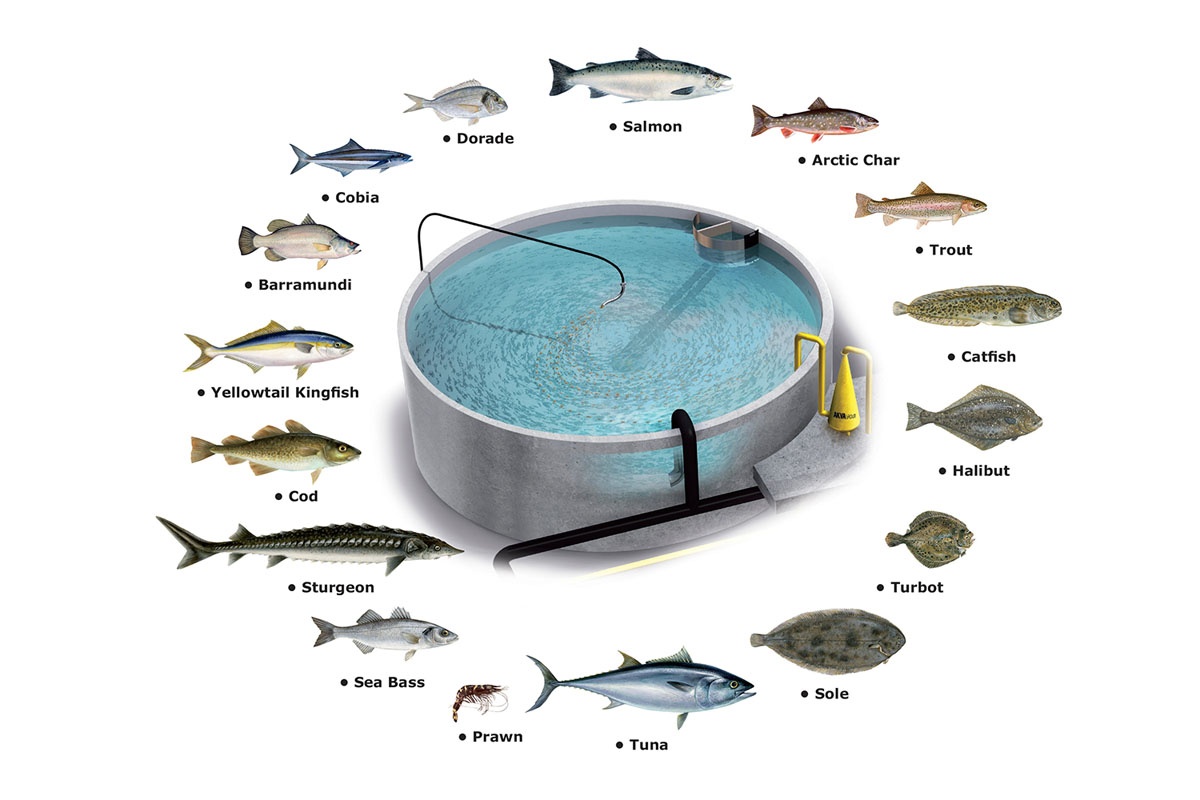Technical Information
Relationship of White Feces, EHP and Acute Hepatopancreatic Necrosis
Many unknown agents cause many diseases at the same time in shrimp, not the same agent that causes many diseases.
White feces, the disease most easily recognized in shrimp when there are many long strips of feces appear in the hooves in the ponds of black tiger shrimp and white shrimp. This syndrome “hits” the shrimp intestinal tract, is also often detected in conjunction with hygiene problems around the farm, plus reduced growth of shrimp, disparity in size, reduced feed intake and mortality rate. high chronic mortality.
In areas where white feces appeared, other pathogens were also noted. The first is EHP, this microspore is a microorganism that reproduces by intracellular replication, causing cytoplasmic degeneration of hepatopancreatic tissues. This pathogen appears in many shrimps in Southeast Asian countries. Shrimp infected with EHP will be slow to grow, smaller in size compared to age. Worse, shrimp will have soft shell, lethargy, reduce appetite and have broken intestines.
The co-infection is also associated with the third disease, EMS, which “hits” the hepatopancreas, causing necrosis of the shrimp hepatopancreas, atrophy, more and more infected hepatopancreatic tissues, and at the same time increasing the shrimp’s susceptibility to vibrio sp. So is this co-infection caused by the same agent?
Microsporidia are a broad phylum that includes more than 1400 organisms. They readily infect many aquatic hosts and are the most contagious pathogens in aquatic environments. They have caused painful problems for many years in black tiger shrimp. However, it was not until 2009 that this pathogen was fully published and identified as EHP, spreading widely in many species of cultured shrimp and many countries in different regions. EHP is most spread horizontally when healthy shrimp live in an area with diseased shrimp, and can also eat cannibals, water, soil or shared utensils. This species produces spores quite small 1-4μm in size but is capable of perforating host cells and injecting toxic substances into them. It is highly likely that EHP is also an opportunistic pathogen as we know for vibrio sp.
In the case of shrimp infected with EHP, there is often confusion about the causative agent, because there are no specific signs and there is co-infection with other diseases, especially acute hepatopancreatic necrosis (AHPND). When co-infected, the destruction of the hepatopancreas of shrimp increased and the susceptibility of shrimp to Vibrio sp increased. Vibrio sp is also an opportunistic pathogen after shrimp have been infected with EHP microspores.
When shrimp had white feces, experts also detected multiple agents at once in the infected tissues. They are gragarine parasites, vibrio sp and even EHP microspores. Up to now, the main agent has not been identified. Because healthy shrimp also easily carry 1 of these pathogens in the body. Several different documents put forward many theories about the causative agent of this WFS disease, which is vibrio, gregarine, Bacilloplasma sp. and Phascolarcobacterium sp. So it can be asserted that many unidentified agents cause many diseases at the same time in shrimp, not the same agent that causes many diseases.
It can be seen that these three diseases have caused widespread epidemics in the farming areas. More than white spot disease, white feces disease is spreading more and more strongly in many areas of shrimp farming in Vietnam. Farmed shrimp do not die but do not grow, the more treatment methods farmers use, the more stunted shrimp are because the original pathogen has not been identified. Although there are also effective types, they often take a long time to increase the cost of raising and treating diseases, resulting in a significant reduction in the productivity and profit of the crop.
Both the intestinal tract and the hepatopancreas, the two most important organs of shrimp, are infected at the same time, it is like a shrimp pond that has “fallen into a dead end”. Therefore, it is necessary to do a good job of keeping the farming environment clean, raising shrimp safely and sustainably, disinfecting, and changing water regularly to prevent the proliferation of pathogens in the pond. At the same time, adding many nutrients to improve shrimp health, supporting the activity of the immune system will help shrimp be strong and “cope” with dangerous diseases.




